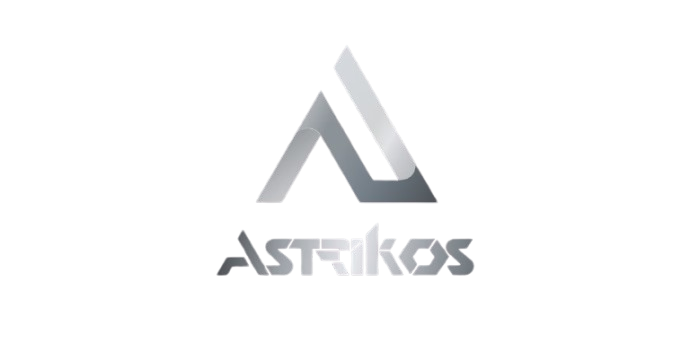Modern campuses today are evolving into dynamic ecosystems that go beyond just academic spaces. They are small cities in themselves, with classrooms, hostels, labs, libraries, recreation zones, and admin buildings operating simultaneously throughout the day. Managing energy consumption across such a large and diverse environment is not just a cost concern but also a sustainability responsibility. This is where artificial intelligence comes into play.
AI-powered energy optimization is transforming how educational institutions manage energy. By analyzing usage patterns, adjusting in real time, and integrating renewable sources, AI helps campuses reduce costs, lower emissions, and operate more efficiently. The result is not only financial savings but also a step toward creating smarter, greener, and more sustainable campuses.
Understanding the Energy Challenge on Campuses
Educational campuses consume a significant amount of electricity daily. Air conditioning, lighting, lab equipment, water heating, and charging stations all add up to a high energy load. Traditional energy management systems often rely on static schedules or manual monitoring, which can lead to energy wastage during low-usage hours or holidays.
For example, a classroom may continue to be air-conditioned even when it is not in use, or lighting might stay on in a building overnight simply because the system is not automated. These inefficiencies can cost institutions a lot over time and impact their sustainability goals.
AI solves this by learning from data. It can identify patterns and optimize operations automatically based on real-time usage and predictive modeling.
How AI Optimizes Energy on Smart Campuses
AI-based energy optimization systems use a combination of sensors, smart meters, and intelligent software. The sensors gather real-time data about temperature, occupancy, lighting, energy consumption, and equipment usage. AI algorithms then analyze this data to make informed decisions about how to adjust systems dynamically.
Here is how it works in different parts of the campus:
- Intelligent HVAC Management
Heating, ventilation, and air conditioning systems are among the biggest energy consumers. AI can control HVAC based on real-time occupancy, weather conditions, and historical usage. For instance, if a lecture hall is not scheduled for use, the system will reduce cooling. When students enter, it adjusts the temperature quickly, maintaining comfort without wasting energy. - Smart Lighting Systems
Using motion sensors and daylight tracking, AI can control lighting across campus facilities. Lights are automatically dimmed or switched off in unused areas, and brightness is adjusted based on natural light. This provides a well-lit and energy-efficient environment throughout the day. - Peak Load Management
AI predicts energy demand spikes during peak hours and balances loads by shifting non-essential consumption to off-peak times. This helps avoid overloads and reduces electricity costs by taking advantage of time-based tariffs. - Renewable Energy Integration
Many campuses have solar panels or wind turbines. AI helps in managing this by forecasting production based on weather data and optimizing storage and distribution. For example, it can direct solar power to charge batteries during the day and use stored energy at night. - Predictive Maintenance for Equipment
AI can monitor equipment like boilers, chillers, and transformers for abnormal performance. This helps facilities teams detect problems early and perform maintenance before breakdowns occur. It ensures that equipment runs efficiently and has a longer lifespan.
Real-World Impact of AI Energy Systems
Several universities and large campuses worldwide are already seeing the benefits of AI-powered energy management. From reducing utility bills by double digits to cutting carbon emissions and receiving sustainability certifications, the impact is real and measurable.
For example, a smart campus in Singapore reduced its annual energy usage by over 20 percent within a year of deploying an AI system. By combining occupancy-based control, real-time data, and automation, they were able to fine-tune energy consumption at an unprecedented scale.
In India, smart campus pilots are showing promising results as well. Institutions that have integrated IoT and AI for power management report savings on both energy and manpower. Some are even feeding unused solar power back into the grid, turning educational institutions into micro energy hubs.
Why It Matters Now More Than Ever
With energy prices fluctuating and sustainability becoming a top priority for governments and institutions alike, AI provides a timely solution. Campuses are under pressure to achieve green building certifications and net-zero goals. Automating energy decisions helps meet these objectives while improving the comfort and productivity of students and staff.
Moreover, students are increasingly conscious of environmental responsibility. A tech-savvy, green campus becomes a powerful statement that aligns with the values of modern learners. It shows that the institution is forward-thinking, responsible, and future-ready.
Looking Ahead
The future of campus infrastructure lies in intelligent automation. AI-powered energy optimization is a critical piece of this puzzle. As these systems become more affordable and scalable, we can expect to see wider adoption across not just universities but also schools, corporate campuses, and government institutions.
By embracing AI for energy management, campuses are not just saving power. They are creating a living example of what smart, sustainable ecosystems can look like. These intelligent environments are not only efficient and cost-effective but also serve as a learning lab for the very students they serve.
Smart campuses powered by AI are not a distant goal. They are happening now. And they are setting the benchmark for the cities and institutions of tomorrow.

